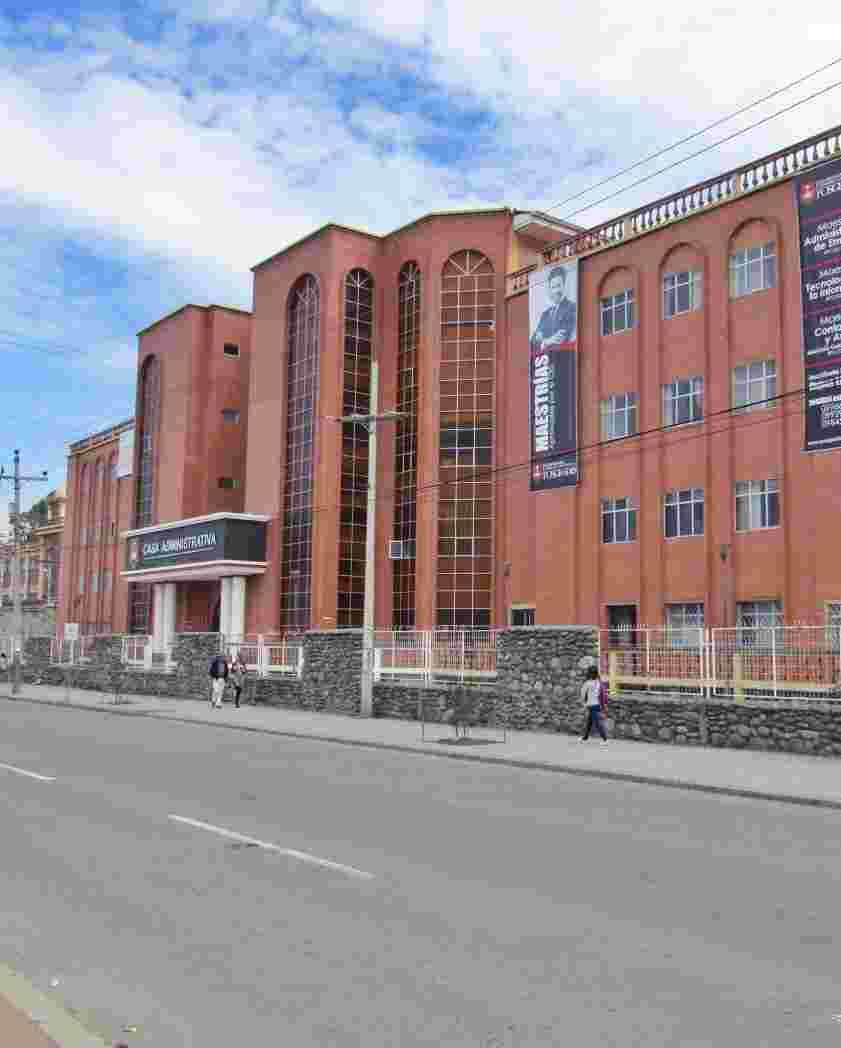Psicología Clínica
URI permanente para esta comunidadhttps://dspace.ucacue.edu.ec/handle/ucacue/30
Examinar
Examinando Psicología Clínica por Asesores "Castro Ochoa, Fabián Leonardo"
Mostrando 1 - 3 de 3
- Resultados por página
- Opciones de ordenación
Ítem Acceso Abierto Factores de riesgo y protección de conductas delictivas en adolescentes: una revisión sistemática.(Universidad Católica de Cuenca., 2025) Guamán Latacela, Jessica Priscila; Castro Ochoa, Fabián Leonardo; 0302390778Introduction: Adolescent delinquency has increased in recent years, negatively impacting social, economic, and individual development. This translates into family disintegration, a high number of deaths, high economic costs, and an unsafe environment. Objective: To analyze the prevalence of delinquent behavior in adolescents and its relationship with associated risk and protective factors. Methodology: A systematic review was conducted in databases such as PubMed, Scopus, and ProQuest, using DeCS and MeSH terms. Studies on adolescents aged 12 to 18 were analyzed, excluding theses, blogs, and documents with little scientific evidence. Furthermore, the methodological analysis was based on the PRISMA 2020 and JBI criteria. Results: Twenty-two studies were selected from a total of 2,395 articles. The most common risk factors were parental supervision, association with delinquent peers, academic failure, school dropout, low socioeconomic status, adverse childhood experiences, neglect, substance use, impulsivity, personality traits such as histrionics and egocentrism, and male gender. On the other hand, the most relevant protective factors included functional families, prosocial relationships, high parental supervision, empathy, female gender, positive childhood experiences, and social support. However, emotional intelligence proved to be the least significant factor. Conclusion: The combination of several risk factors increases adolescents' vulnerability, leading them to make impulsive decisions and engage in delinquent behavior. However, protective factors, such as a functional family, prosocial relationships, and social support, can mitigate this impact, reducing the probability of engaging in delinquent behavior.Ítem Acceso Abierto Factores de riesgo, Imagen corporal y autoestima en adolescentes: una revisión sistemática.(Universidad Católica de Cuenca., 2025) Carrasco Íñiguez, Renata Nicole; Robles Andrade, Merijoel; Castro Ochoa, Fabián Leonardo; 0107230354; 0105602411Adolescence is a stage that begins in puberty and continues through the age of 20, characterized by several biological, emotional, and social changes. Throughout this period, young people experience excessive concerns about their bodies, which can lead to a negative body image. Body perception is characterized by how a person perceives their own body and the behaviors they adopt about it. Self-esteem, on the other hand, is associated with both emotional and behavioral issues. This study’s main objective is to identify the influence of external risk factors, the environment, and the social context on body image perception and self-esteem in adolescents. Method: Observational and cross-sectional studies from 2014 to 2024 were included. The databases used were PubMed, Scopus, and ProQuest. The level of bias was assessed using JBI. Results: Ten articles were selected, reflecting external factors such as family environment, social environment (peers), and media, as well as the relationship that the study variables have. The results indicate that social media, peers, and family bullying are external factors that negatively intervene in adolescents' body image and self-esteem. It was also evident that body image and self-esteem are interrelated. Discussion: External factors include social media, social comparisons, peer pressure, and bullying, affecting adolescents' body image and self-esteem.Ítem Acceso Abierto Imagen corporal y la relación de trastornos alimenticios en adolescentes: Una revisión sistemática.(Universidad Católica de Cuenca., 2025) Guayanay Gusqui, Keiner Zahid; Castro Ochoa, Fabián Leonardo; 0706861614Introduction: During adolescence, eating disorders affect mental and physical well-being. Unrealistic beauty standards and social pressure influence dissatisfaction with body image. Objective: To comprehensively examine the most relevant evidence on body image perception and its relationship with eating disorders in adolescents. Methodology: A qualitative systematic review was conducted using databases such as PubMed, Scopus, and Web of Science, together with DeCS and MeSH terms. Studies on adolescents aged 11 to 20 years in indexed journals were prioritized, excluding theses, case studies, and papers in the publication process. Methodological quality was assessed using PRISMA 2020 and JBI. Results: Out of 2,395 identified studies, 10 were selected, showing that body dissatisfaction is a variable for the increase in eating disorders. The influence of social media and exposure to idealized beauty models increase the distortion of self-image and the reproduction of unbalanced eating behaviors. Conclusion: Low self-esteem, social media use, and body image perception influence the occurrence of eating disorders. Skills supported by self-compassion and literacy can mitigate their effects. It is advisable to implement school programs that promote a healthy body image and reduce the prevalence of anorexia nervosa, bulimia nervosa, and binge-eating disorder, which affects more females.




